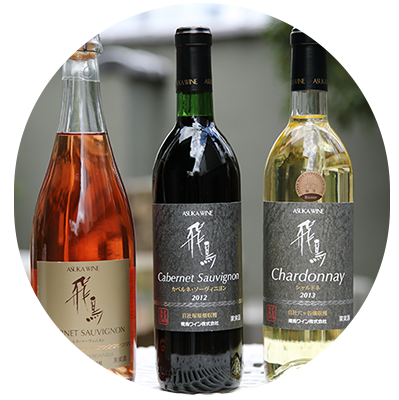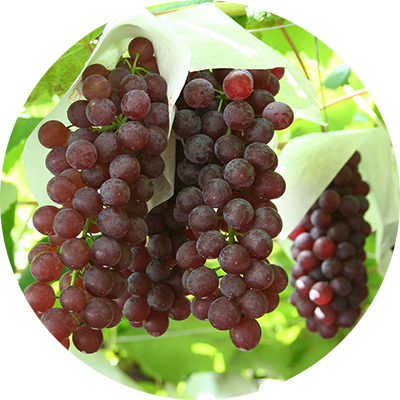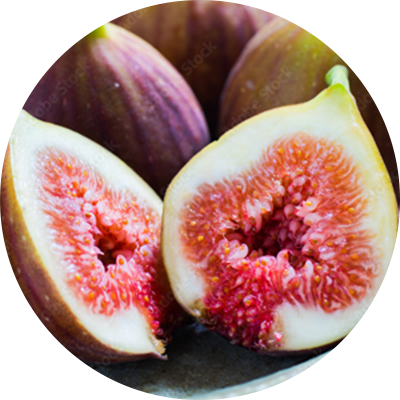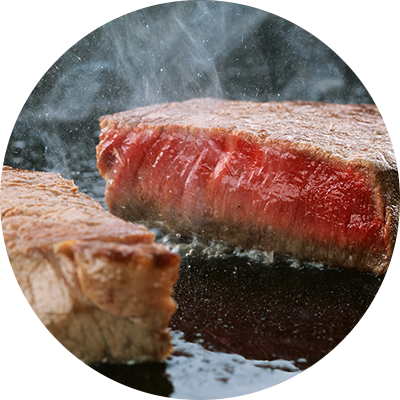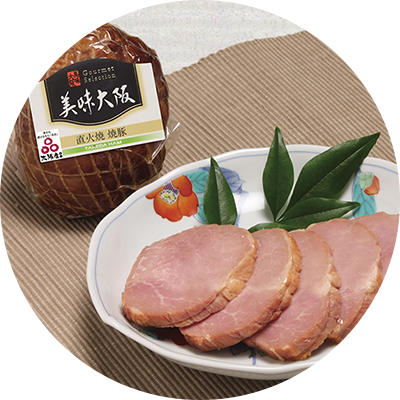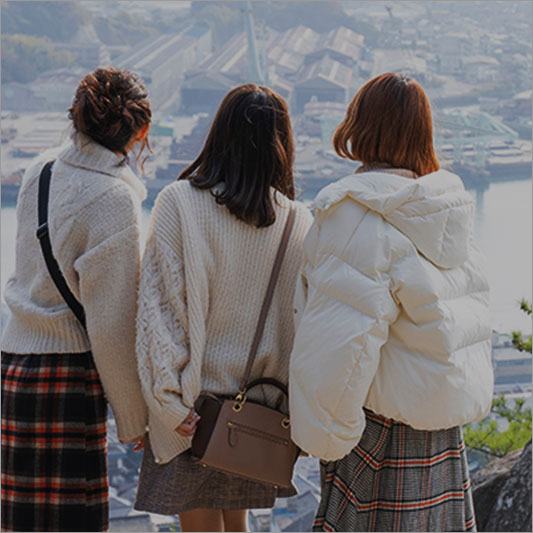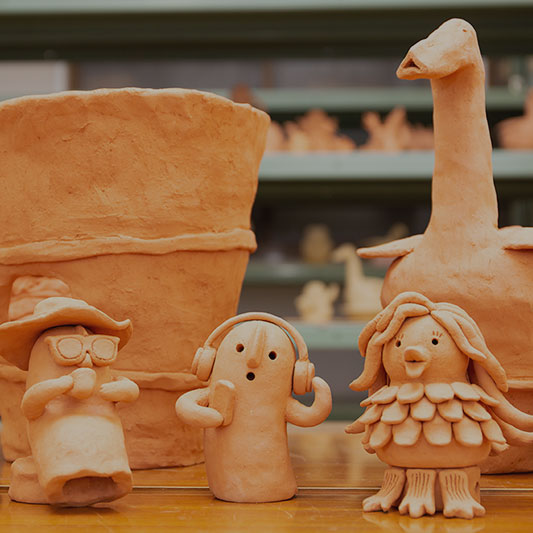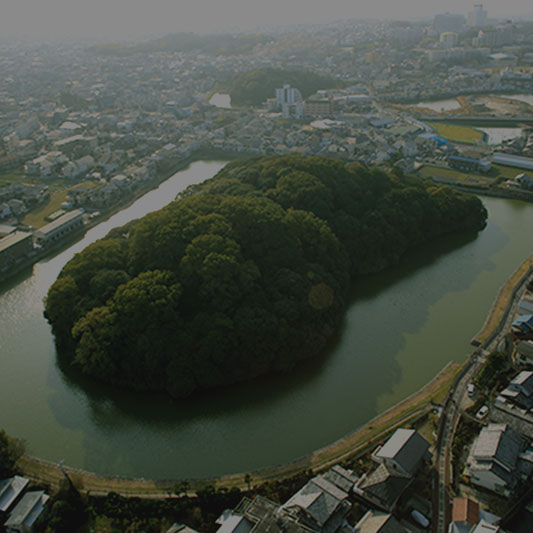About Habikino City

- TOP
- About Habikino City
Habikino
A city of wine
and World
Heritage Sites
Approx. 45 minutes by train from the center of Osaka.
Located in the southeastern part of Osaka Prefecture,
Habikino is a city in the Kawachi Plain that is blessed
with rich nature and historical sites.
It is also famous for fruit production that makes
the most of its fertile land,
and its specialty is "Osaka wine"
which is made from the grapes grown in the area.
It is an exquisite wine that you can only taste here. In addition,
the Ojin-tenno-ryo Kofun, Japan's largest tumulus
that has been registered as a World Cultural Heritage Site,
has managed to keep its original form intact and the passing of time
invites us to catch a glimpse of the charms of the ancient world.
We look forward to welcoming you to Habikino,
a city where you can enjoy wine and World Heritage Sites.
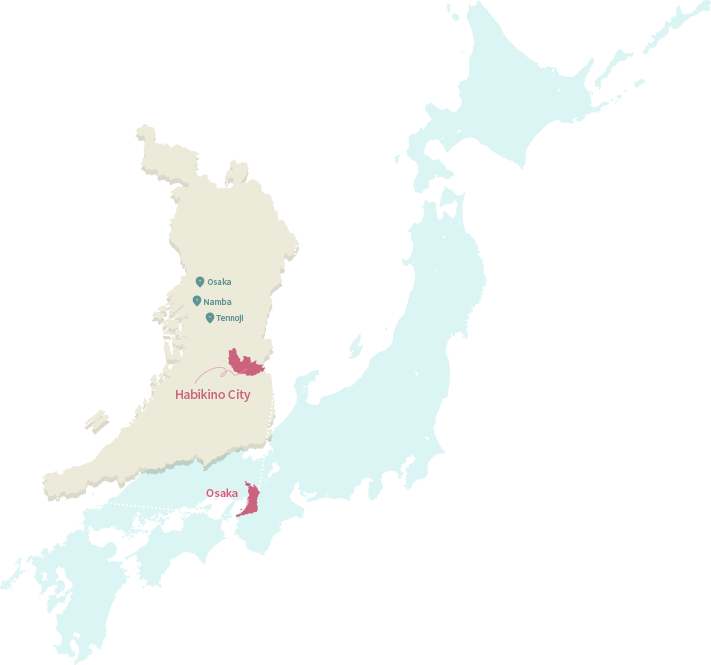
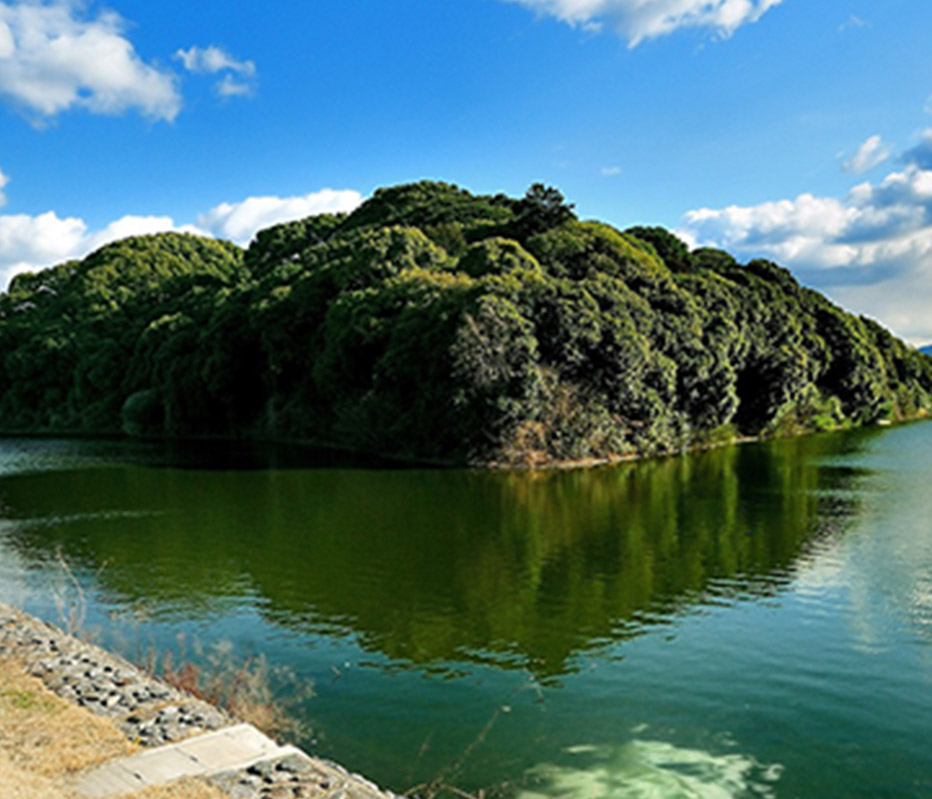
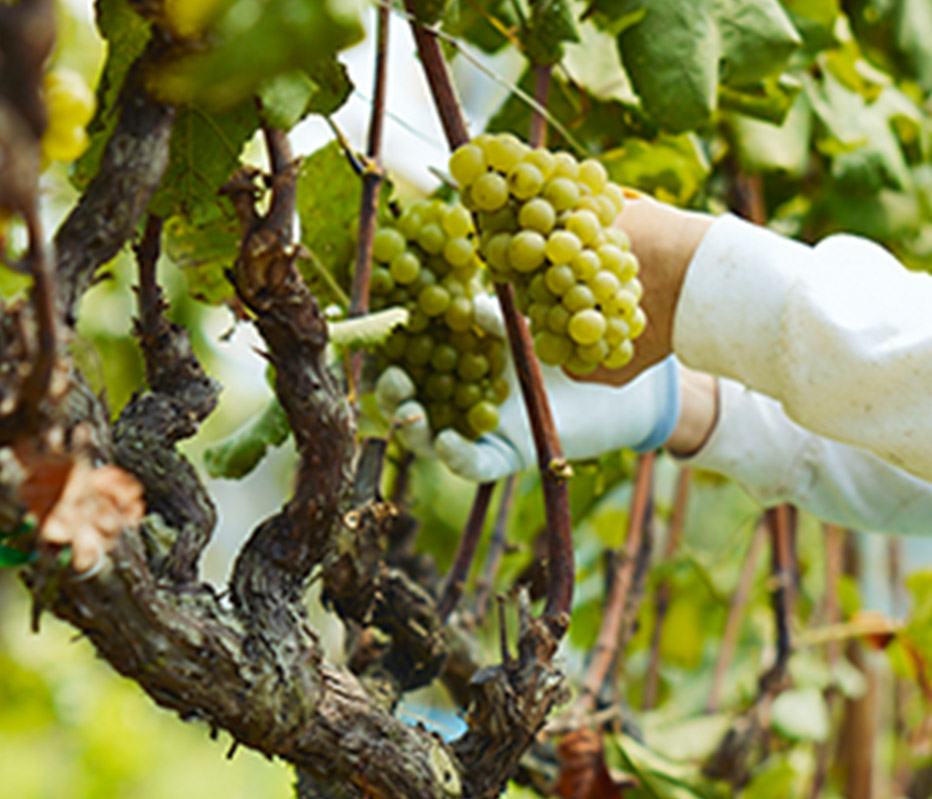
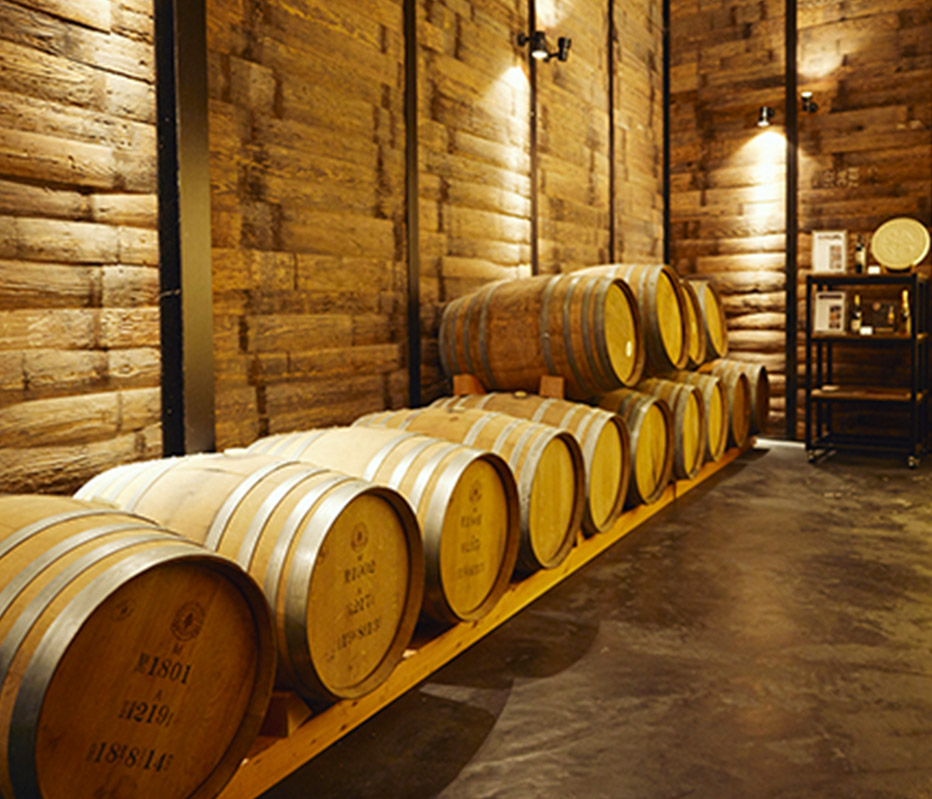
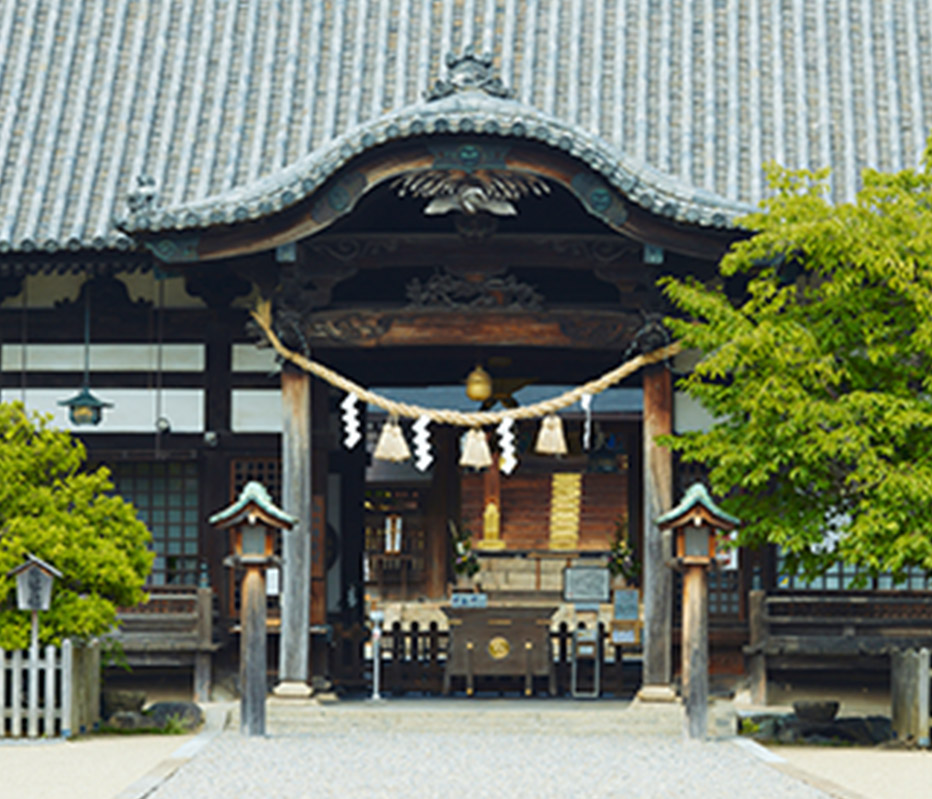
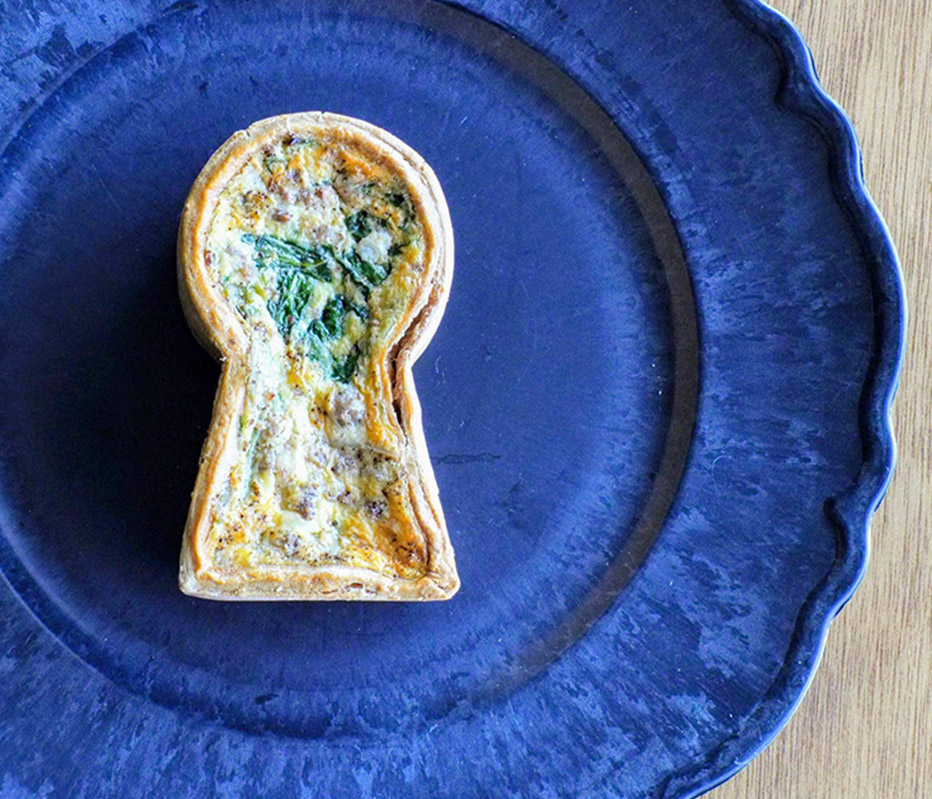

Charms of Habikino City
APPEAL#01
Osaka wine made
in Habikino City
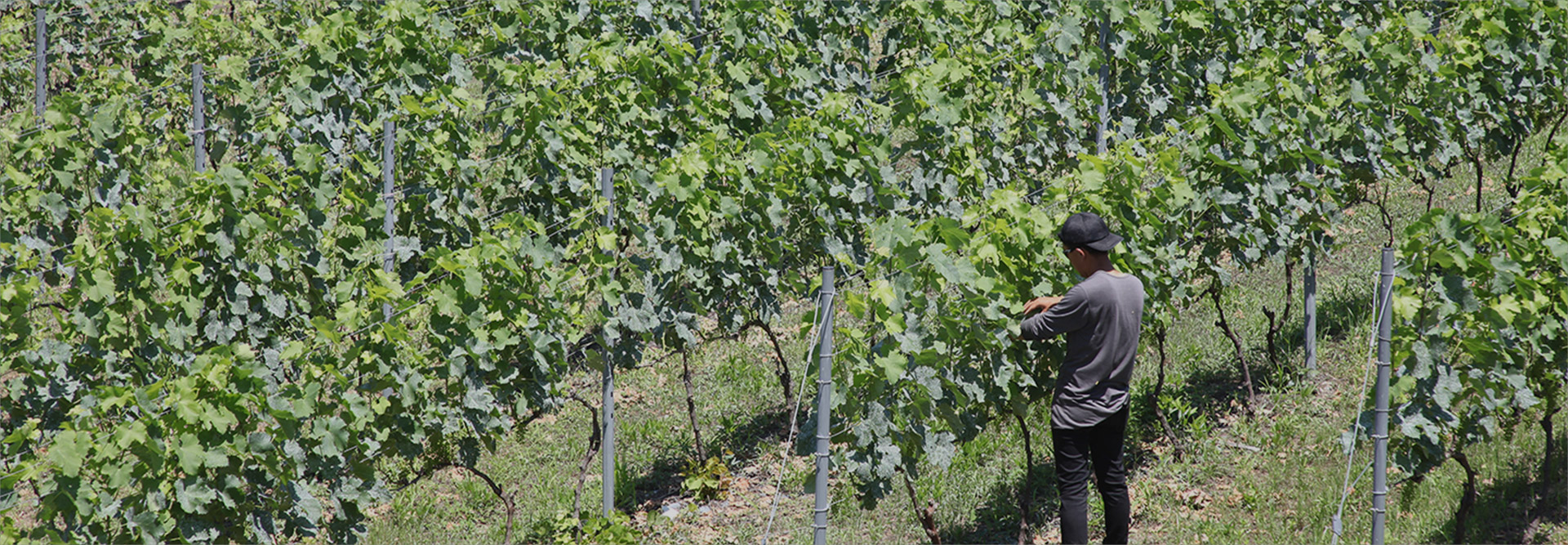
In the old days, Habikino City was the largest producer of Delaware grapes in Japan. The wineries scattered throughout the city are still making wine using locally grown grapes until now.
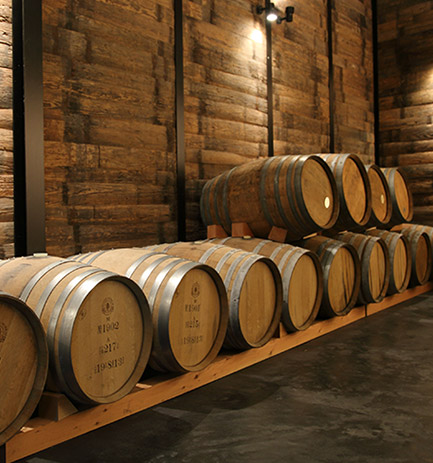
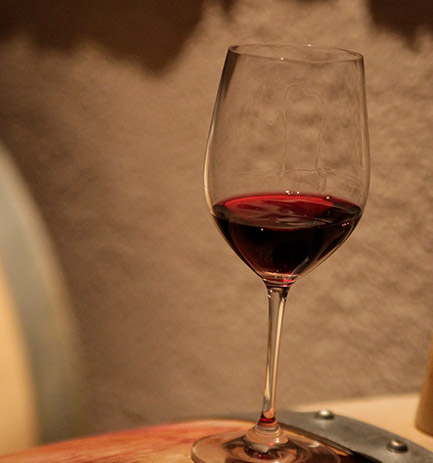

APPEAL#02
Mozu-Furuichi Kofun Group
that has been registered as a
World Heritage Site
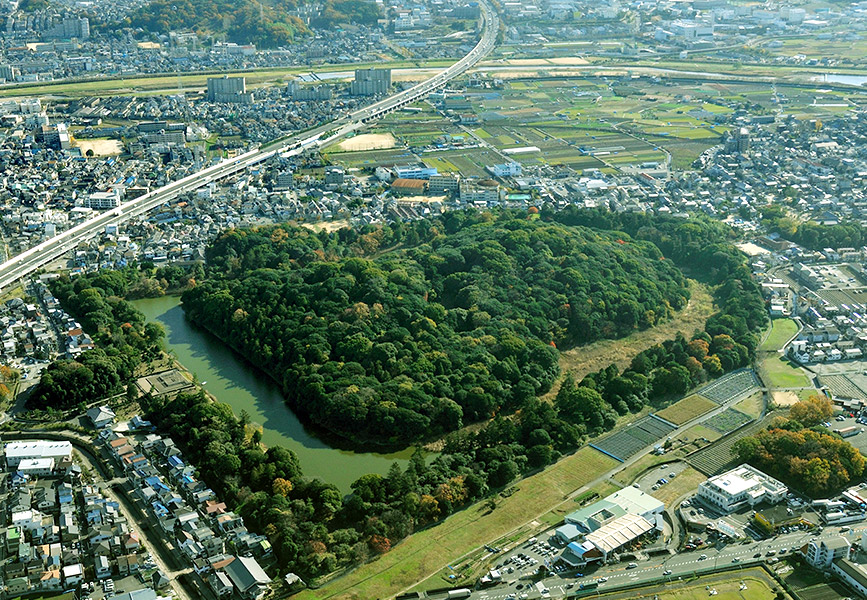
Ojin-tenno-ryo Kofun
The Hakuchoryo Kofun, which is said to be the imperial tomb of Yamato Takeru no Mikoto, also has a magnificent burial mound that can be seen from the Takenouchi-kaido Road, a Japanese heritage site.
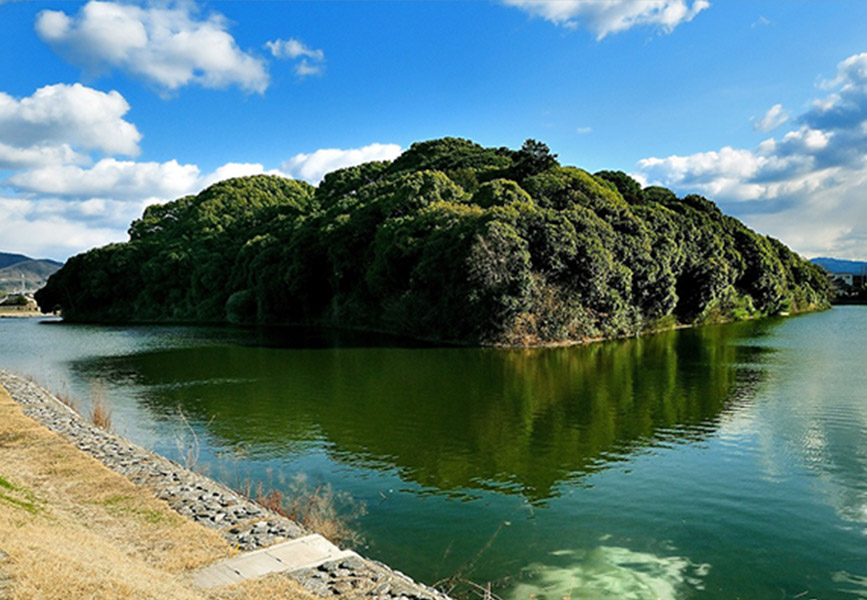
Hakuchoryo Kofun
It was on July 6, 2019, at the 43rd Session of the World Heritage Committee held in Baku, the capital of Azerbaijan, that the listing of the Mozu-Furuichi Kofun Group into the World Heritage Sites List was decided.
The Mozu-Furuichi Kofun Group is a group of tumuli covering 4km spanning Sakai City in the Mozu area and Habikino City and Fujiidera City in the Furuichi area. Of the 45 existing tumuli of the Mozu-Furuichi Kofun Group, 26 were designated as the components of the World Heritage Site. The Ojin-tenno-ryo Kofun, which is the largest burial mound in Japan, blends into the townscape but its appearance has not changed since ancient times. It is overflowing in the charms of the ancient world.
It was on July 6, 2019, at the 43rd Session of the World Heritage Committee held in Baku, the capital of Azerbaijan, that the listing of the Mozu-Furuichi Kofun Group into the World Heritage Sites List was decided.
The Mozu-Furuichi Kofun Group is a group of tumuli covering 4km spanning Sakai City in the Mozu area and Habikino City and Fujiidera City in the Furuichi area. Of the 45 existing tumuli of the Mozu-Furuichi Kofun Group, 26 were designated as the components of the World Heritage Site. The Ojin-tenno-ryo Kofun, which is the largest burial mound in Japan, blends into the townscape but its appearance has not changed since ancient times. It is overflowing in the charms of the ancient world.

Ojin-tenno-ryo Kofun
The Hakuchoryo Kofun, which is said to be the imperial tomb of Yamato Takeru no Mikoto, also has a magnificent burial mound that can be seen from the Takenouchi-kaido Road, a Japanese heritage site.

Hakuchoryo Kofun
Habikino's specialties
Habikino, a city that is rich in nature,
is full of delicious specialties including fruits and wine!
-

Wine

-

Grapes

-

Fig

-

Beef

-

Choya plum wine

-

Takeda ham

History of
Habikino City
It was about 28,000 years ago, during the Paleolithic age, that people began to live in the vicinity of Habikino.
The area had thrived since then. In the Yayoi period, many settlements centered on agriculture were built, while in the Kofun period, the Furuichi Kofun Group, which is the largest group of tumuli in the country, was constructed.
At the turn of the Nara period, the area became the center of Buddhist culture and the Takenouchi-kaido Road connecting Asuka-kyo (capital of Asuka) in Yamato was built from Naniwanomiya Palace, and temples were constructed one after another, including Furuichi Temple (Sairin-ji temple) and Zenshouji Temple.
Minamoto no Yorinobu was appointed as the kokushi (provincial governor) of Kawachi in the first half of the 11th century, and since then, three generations up to Minamoto no Yoriyoshi and Minamoto no Yoshiie lived in Tsuboi as Kawachi-Genji (Minamoto clan) and built Tsuhoji Temple and Tsuboi Hachimangu Shrine. Minamoto no Yoritomo also donated a mikoshi (a portable shrine that has been designated as a national treasure) to Konda Hachimangu Shrine to commemorate the restoration of law and order in the entire country.
The area came under the control of the Kusunoki clan, a leading figure in Minamikawachi, but when that family fell, the Hatakeyama clan came to govern as the shugo (provincial constable) of Kawachi.
After the Northern and Southern Courts, Takayajo Castle in Furuichi became the center of the battlefield, and the area around Habikino, where historic shrines and temples were lost, was subjugated by Nobunaga Oda at the end of the Sengoku (Warring States) period.
Thereafter, Hideyoshi Toyotomi ruled and land surveys were conducted by Mitsunari Ishida and others. After the fall of the Toyotomi clan, the area came under the control of the Edo bakufu (shogunate), and while strict policies were taken to establish small domains, river improvement works and the development of new rice fields were also carried out, and the cultivation of cotton flourished. From the mid-Edo period onward, the Furuichi Daikasho (district office of the magistrate) was established and the area evolved into a key point of traffic where the Takenouchi-kaido Road and Higashi-Koya Road crossed. The money-exchange business Ginya was also established and a harbor was built for the Kensakibune (sword-tipped boat) that sailed through Ishikawa river while carrying Kawachi cotton and other goods, indicating that the area had one of the most significant developments in the country.
In 1889, the villages were integrated into Takawashi, Tanpi, Hanyu, Furuichi, Nishiura and Komagatani villages. In 1898, the Kawayo Railway was opened between Kashiwara and Tondabayashi, and in 1916, the town system was enforced in Furuichi village where the population increased. In 1923, Osaka Railway opened between Abenobashi Station and Domyoji and it strengthened the area's ties with Osaka City. The area then developed into a residential area in the suburbs of Osaka City, and in 1955, Takawashi village also enforced the town system.
In September 1956, Minamiosakamachi was established by the merger of two towns and four villages of Furuichi, Takawashi, Tanpi, Hanyu, Nishiura and Komagatani in accordance with the Town and Village Merger Promotion Act. On January 15, 1959, the municipality system was enforced to the area and its name was changed to Habikino City.
Excerpt from the Habikino City website
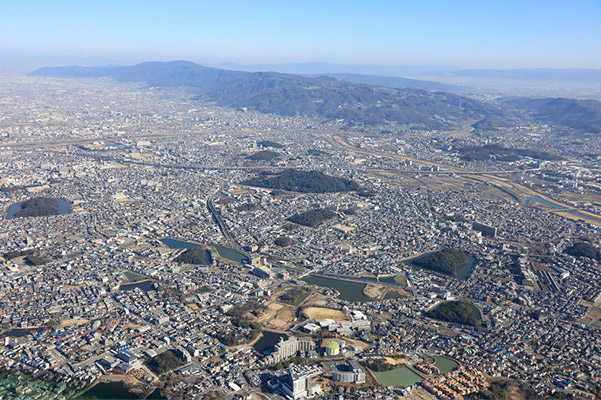
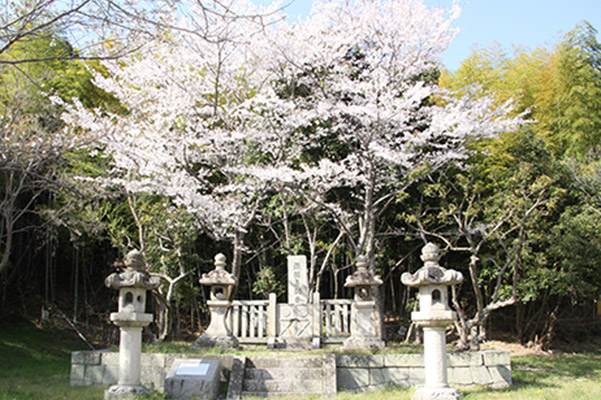
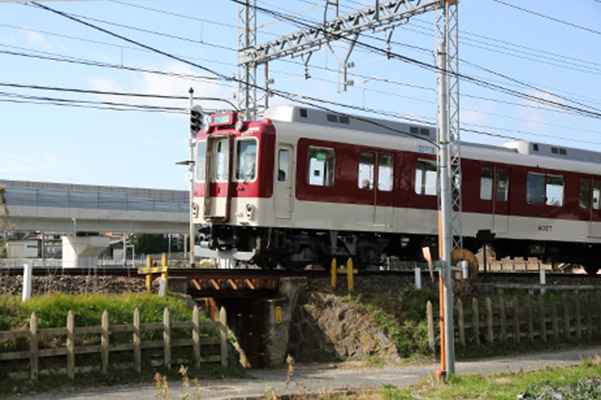
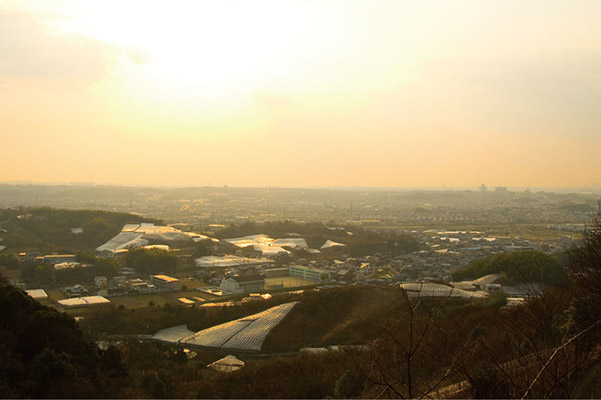
Sightseeing
Model Course
Introducing a recommended sightseeing model course for enjoying Habikino, a city of wine and World Heritage Sites.

